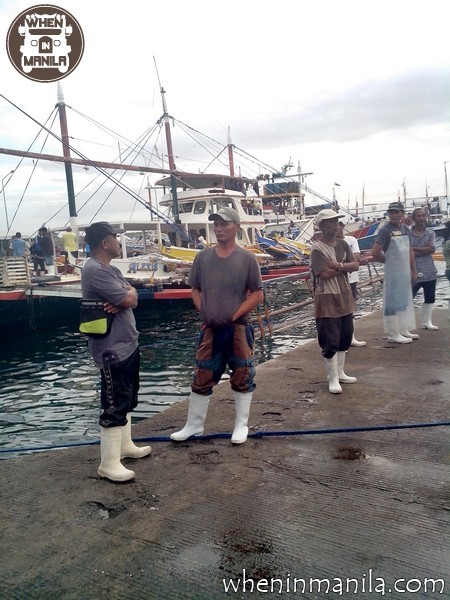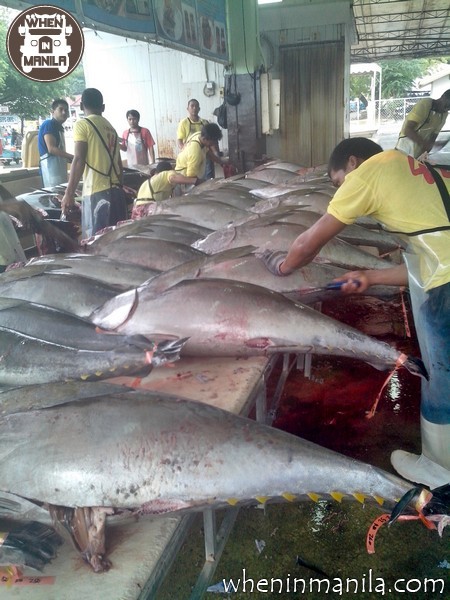Beyond the Sashimi: Tuna Grading at the GenSan Fish Port
Ever wondered where that delicious and expensive sashimi from your favorite Japanese resto comes from? Well, it’s very likely that that piece of Grade-A tuna is caught in the shores of General Santos, and docked and graded at the General Santos Fish Port.
Second only to the Navotas Fish Port, the Gensan Fish Port is one of the largest in the country. Everyday, thousands of kilos of tuna and other fish are landed here. It is no wonder that GenSan is dubbed as the Tuna Capital of the Philippines.
Before the Japanese invaded General Santos, no one really paid any special attention to the tunas. They were never really considered as a valuable export commodity until the late 1970s. They were basically eaten by the locals for free. But this changed when the demand for sashimi-grade tunas skyrocketed. Now, the highest grade tunas can go as high as P500/kilo.
But how are tunas graded?
During my visit to the GenSan Fish Port, I was able to witness how the folks there grade their tuna. All the tuna action happens in Market 1. In compliance with the European Standards, anyone who enters the fish port is required to be outfitted with pants and plastic boots. Also, according to our local tour guide, only classifiers and buyers have the sole right to grade a tuna. However, after waiting for a little longer for most of the tuna hauls to be shipped and bought, I was able to try tuna grading with my own hands.
So how does it work, grading a tuna?
In the GenSan Fish Port, folks have developed a tool to classify a tuna without cutting up the whole fish. The “classifier” or the “grader” is a long metal rod tipped with a pointed edge and operates like a syringe. The grader makes a tiny incision in the tuna and gets a thin strip of tuna meat. It is then drawn out from the fish, and by the syringe mechanism of the grader, the sliver of tuna is pushed out. The grade is then determined mainly by the color of the flesh.
There truly is a certain art to tuna grading.
*This was part of the #dogoodgetdirty tour where we went around the country in order to… well…. do good and get dirty! Stay tuned for more stories from our tree planting at the Tarsier Sanctuary at South Cotabato.
Oh and here’s 6 reasons you should visit South Cotabato







